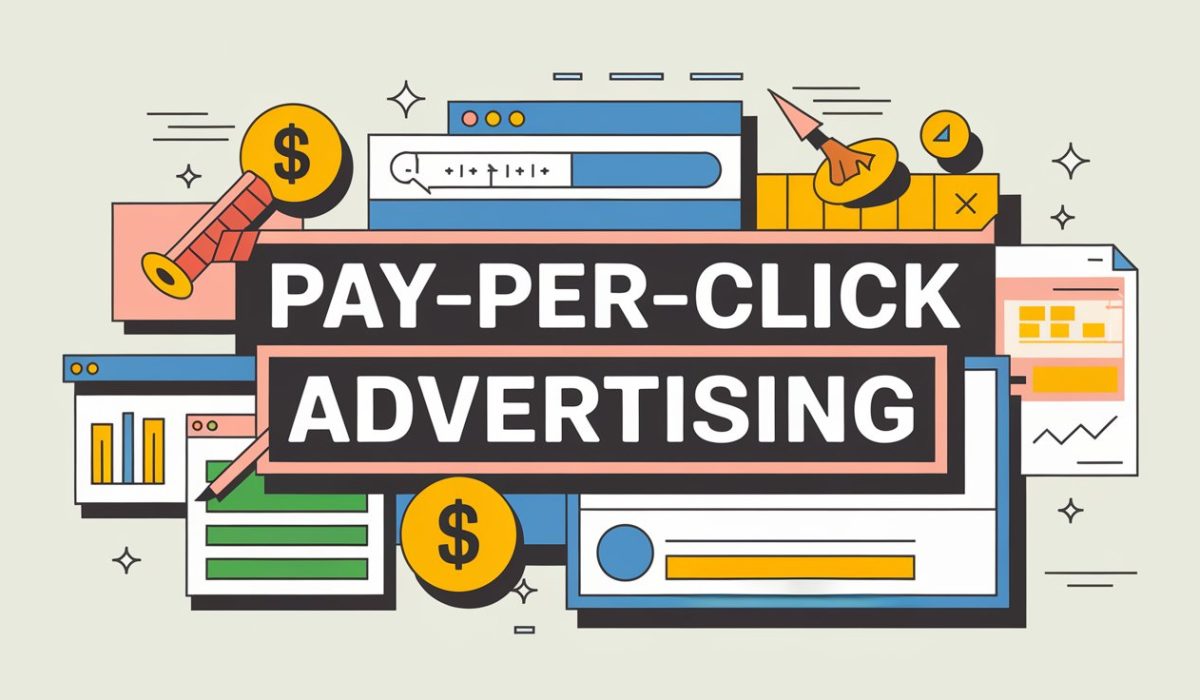Pay-Per-Click Advertising: A Comprehensive Guide to Boosting Online Visibility
Pay-Per-Click (PPC) advertising is a powerful online marketing strategy that allows businesses to drive targeted traffic to their websites through paid ads. Unlike traditional advertising methods, PPC offers immediate visibility and measurable results, making it a preferred choice for many marketers. This guide will cover the fundamentals of PPC advertising, its benefits, and best practices for creating successful campaigns.
1. What is Pay-Per-Click Advertising?
PPC advertising is a model where advertisers pay a fee each time their ad is clicked. It’s primarily used on search engines like Google and social media platforms, where businesses bid on keywords related to their products or services. When a user searches for a relevant term, the ads appear at the top or bottom of the search results, increasing the chances of driving traffic to the advertiser’s website.
2. Benefits of PPC Advertising
PPC advertising offers numerous advantages for businesses looking to enhance their online presence:
- Immediate Results: Unlike organic search engine optimization (SEO), PPC campaigns can generate traffic almost instantly after launching.
- Targeted Reach: Advertisers can target specific demographics, locations, and user behaviors, ensuring ads reach the right audience.
- Budget Control: Businesses can set a budget for their campaigns, allowing for better cost management and flexibility.
- Measurable Performance: PPC platforms provide detailed analytics, enabling marketers to track the performance of their campaigns and make data-driven decisions.
3. How PPC Works
The basic process of PPC advertising involves the following steps:
a. Keyword Research
Identify relevant keywords that potential customers might use to search for your products or services. Tools like Google Keyword Planner can help you find effective keywords and gauge their search volume and competition.
b. Ad Creation
Craft compelling ad copy that captures attention and encourages users to click. Your ad should include:
- Headline: A catchy and relevant title.
- Description: Briefly explain what you offer and include a call to action (CTA).
- Display URL: Show the URL where users will land after clicking the ad.
c. Bidding Strategy
Decide on a bidding strategy based on your campaign goals. Common options include:
- Cost-Per-Click (CPC): You pay each time someone clicks on your ad.
- Cost-Per-Thousand Impressions (CPM): You pay for every thousand times your ad is displayed, regardless of clicks.
- Cost-Per-Acquisition (CPA): You pay when a specific action, like a purchase or sign-up, is completed.
d. Landing Page Optimization
Ensure the landing page linked to your ad provides a seamless experience. It should be relevant to the ad content, load quickly, and have a clear CTA.
e. Monitoring and Optimization
After launching your campaign, monitor its performance using analytics tools. Track key metrics such as:
- Click-Through Rate (CTR): The percentage of users who clicked on your ad after seeing it.
- Conversion Rate: The percentage of users who completed a desired action on your landing page.
- Quality Score: A metric used by Google that considers the relevance of your keywords, ads, and landing pages.
Based on the data, continuously optimize your campaigns by adjusting bids, refining ad copy, and improving landing pages.
4. Best Practices for Successful PPC Campaigns
To maximize the effectiveness of your PPC advertising, follow these best practices:
a. Use Relevant Keywords
Choose keywords that align with your business goals and target audience. Utilize long-tail keywords to target specific queries and reduce competition.
b. Write Compelling Ad Copy
Create engaging ad copy that addresses user needs and highlights the benefits of your product or service. Include a strong CTA that encourages users to take action.
c. Test Different Ad Variations
Run A/B tests with different ad copies, headlines, and CTAs to determine which combinations perform best. Continuously refine your ads based on test results.
d. Optimize Landing Pages
Ensure that landing pages provide a smooth user experience. They should be relevant to the ad, load quickly, and contain clear information and CTAs.
e. Monitor Competitors
Keep an eye on your competitors’ PPC strategies. Analyze their keywords, ad copy, and landing pages to identify opportunities for improvement in your campaigns.
Conclusion
Pay-Per-Click advertising is a dynamic and effective way to drive targeted traffic and increase conversions. By understanding the principles of PPC, leveraging its benefits, and implementing best practices, businesses can harness the full potential of this marketing strategy. With careful planning and continuous optimization, PPC can significantly enhance your online visibility and contribute to your overall marketing success.
